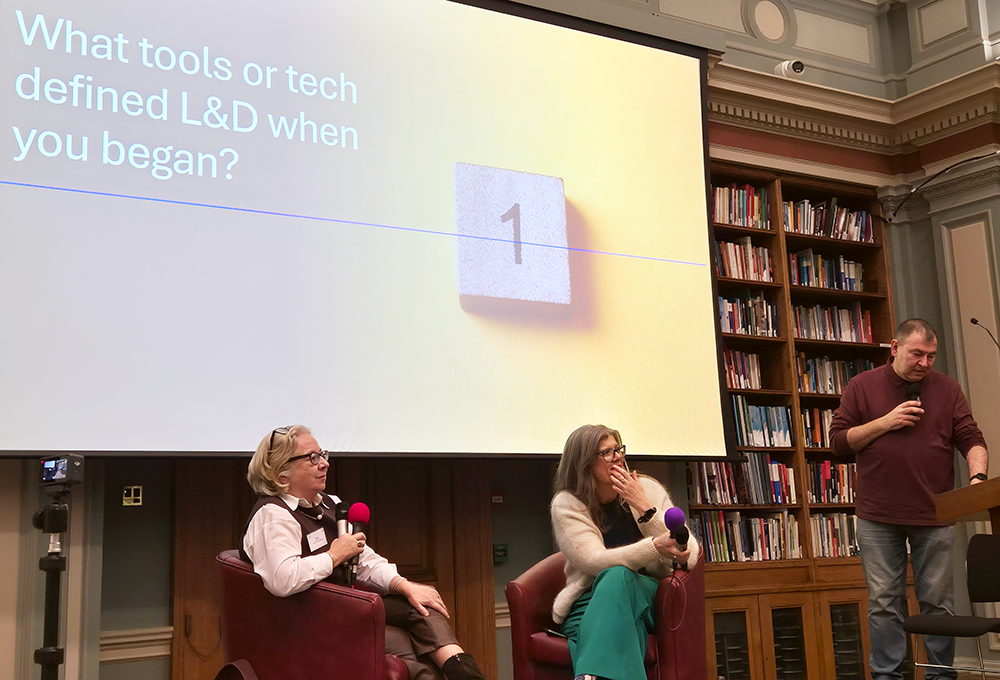There are several ways to do more with less; just ask Zoe Lewis.
As the ramifications of the global pandemic come to an end, an economic downturn is inevitable and austerity on the rise. Many organisations are taking the time to review how they can do more with less. Regrettably, leadership and development roles tend to feel the repercussions as budgets are often cut.
Here are a number of tips regarding how to approach leadership and development activity from the inside, determining how to reduce costs in order to maximise the budgets that are available.
See the bigger picture
Taking a step back to review the bigger picture of your leadership and development needs as well as your organisational objectives is highly advised. Consider what you need to do to ensure your business objectives can be met. Try using the matrix below on a flip chart with post-it notes. For an online version try Mural or Padlet for this activity.
- Filler tasks – low effort/low impact. Ideas to consider:
- Content that the business already owns, e.g. elearning, books and resources
- Online free resources such as:
- Quick wins – low effort/high impact. Ideas to consider:
- Internal mentoring relationships – also consider reverse mentoring where one of the mentors with more experience also gets to learn something new from their mentee – a reciprocal arrangement e.g. ‘I’ll show you how we lead finance and you show me how I navigate social media.’
- Run a lunch and learn session on coaching skills and set up peer-to-peer coaching relationships
- A budding trainer or facilitator in the team? Empower them to create a training session or a course to teach others in the team or another area of the business
- Action learning sets. Facilitate an action learning set for a group of people from different parts of the business to help them address their key challenges. As well as solving some immediate problems, this tool can then be taken back into other areas of the business and used to solve other problems
- Identify hot topics and issues and invite guest speakers across the business who are ‘experts’ to share their top tips in a breakfast or lunch seminar
- Solve it workshops. Bring together the people who are most in need of development, explain that the budget is a challenge at present, invite suggestions on how else the gap could be bridged, this often delivers some amazing ideas, initiative and ownership to resolve the learning gaps in innovative ways.
- Major projects – high effort/high impact. Check the tips above to see if any of those tips might work with major projects too. Major projects tend to be the best place for budget allocation and a cost/benefit analysis will help to identify priority areas and organisational impact. Even with a tight budget, there are ways to make your leadership and development solutions more cost-effective:
- Budget longer-term projects and roll them out in phases. A two-year programme can be budgeted to span the period and to maintain learning momentum leadership and development teams can include in house solutions e.g. Action Learning Sets, Peer-to-peer coaching and Mentoring in the mix between external provider interventions
- Ensure learning solutions have a direct business impact. Where possible, encourage participants to share the learning gained from external expertise is carried into in-house shared learning. This serves two purposes, it helps embed the learning for the participant, as well as sharing the learning which can benefit others. For example, say the business brings in an expert to work on leadership development, each leader would then teach what they learn to their own direct reports, thus developing upcoming leaders of the future and creating a learning culture.
- Take a systemic approach to leadership and development issues. Can solving one situation in one area of the business simultaneously solve a similar challenge elsewhere? Which order will have the best impact on outcomes? Often issues in an organisation are systemic and spotting this early can save businesses firefighting in one area, only to find themselves fighting a similar fire in another area a year later.
- Hard slogs – high effort/low impact.
These are rarely worth the time and effort, be careful though as they might be draining resources if they are currently in action.
About the author
Zoe Lewis is director of leadership at The Leadership Coaches.



